Today I’ll let you inside the thinking process of a writer as he tries to flesh out a story idea. In this case, it’s the idea for the story that would become 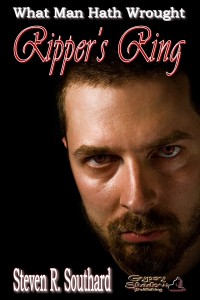 “Ripper’s Ring.”
“Ripper’s Ring.”
I had read about the Ring of Gyges and thought it would be a great idea for a story. There’ve been many famous novels with invisibility rings, so I needed to separate my story from those in some way.
While thinking about how to form a story about the Ring of Gyges, I wondered what would happen to the ring over time. It occurred to me that an owner would not pass it to his own child. First, the ring’s owner would be unlikely to tell anyone about it, even his own children. Second, he would be unlikely to relinquish it to anyone while he remained alive. Third, possession of the ring ends up being a curse, so the owner would not want to pass that on.
Therefore the ring would remain on its owner until the owner’s death, and someone would likely remove it from the finger of the corpse, or, if long enough afterward, the skeleton. I realized the ring would leave behind a long string of owners who had either vanished mysteriously, or who had committed crimes no one could solve.
Wikipedia contains lists of both unexplained disappearances and unsolved crimes. I could select any one of these for my story, or more than one if I wanted. As a writer of steampunk, I focused on Victorian times, and therefore to the crimes of Jack the Ripper. Although there have been many stories about that killer, I think the addition of the Ring of Gyges sets mine apart.
Still, I was unsatisfied. I wanted to convey the explanation of the ring’s creation, as well as the notion of its passing from owner to owner down the centuries. But how do I do that with a story told from one person’s point of view? I hit on the idea of giving the ring one more property in addition to invisibility—the ring allows owners to see visions of past owners, all the way back to the jeweler who created it. My Jack the Ripper character would see all these visions, and the reader would understand not only the history of the ring, but also project beyond my story, and wonder where the ring is now.
In my story, I briefly mention these visions of past owners. My ‘Jack’ character only gets vague impressions of clothing and surroundings, of course, not names. The ones he sees are the rebel slave Spartacus (71 B.C.), the Roman general Valens (378 A.D.), the Egyptian Al-Hakim bi-Amr Allah (1021), vague mentions of others, the diplomat Benjamin Bathurst (1809), and finally gun manufacturer William Cantelo (1880s).
Once the reader grasps the idea of a single ring causing strange disappearances and unexplainable crimes through history, it’s a short mental leap to realize such a ring could also explain the unidentified Zodiac Killer (late 1960s), and the disappearances of D.B. Cooper (1971), Jimmy Hoffa (1975), and many others from our time.
Now you see how I came up with the idea for “Ripper’s Ring.” Enjoy the story, and leave a comment with your thoughts about my process for developing and maturing the idea for the story. If I’ve helped you along the way in your own writing journey, that’s the sincere hope of—
Poseidon’s Scribe

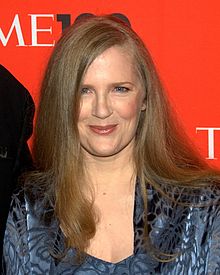
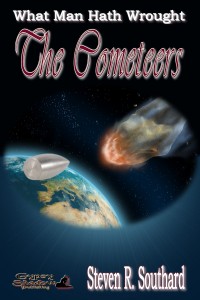
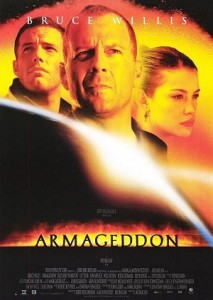
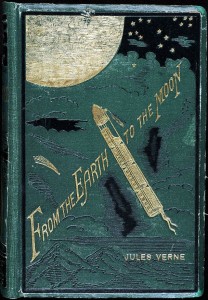
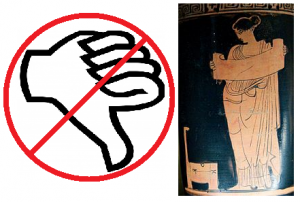
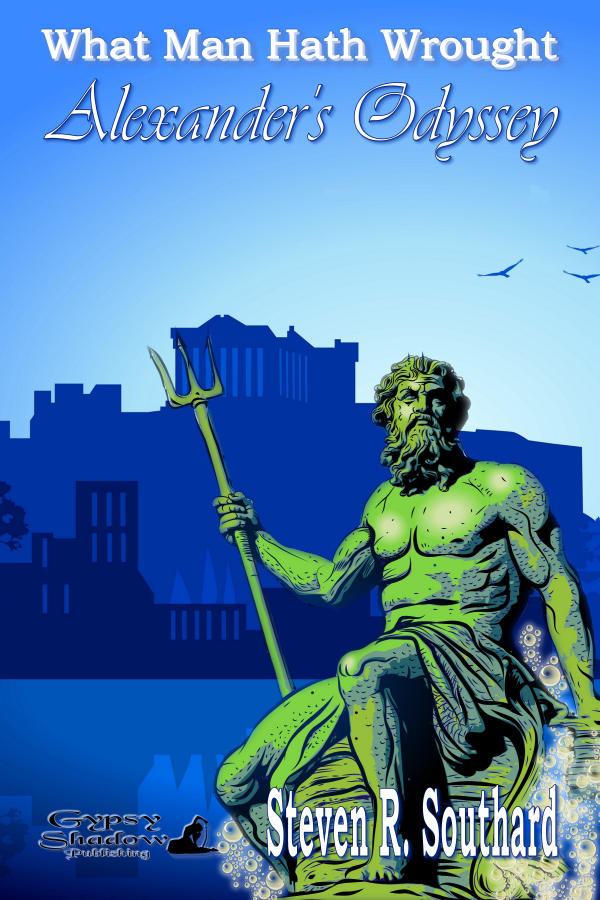




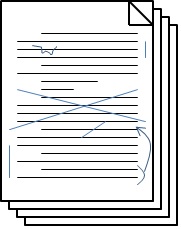


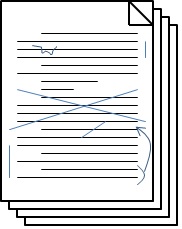






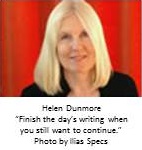
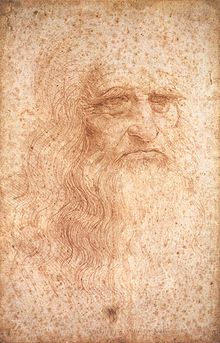 True, Leonardo da Vinci was an anatomist, architect, botanist, cartographer, engineer, geologist, inventor, mathematician, musician, painter, scientist, and sculptor. Arguably he was the greatest genius of all time. But…he never wrote fiction.
True, Leonardo da Vinci was an anatomist, architect, botanist, cartographer, engineer, geologist, inventor, mathematician, musician, painter, scientist, and sculptor. Arguably he was the greatest genius of all time. But…he never wrote fiction.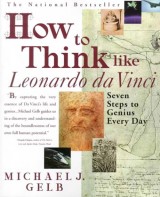 In his book
In his book  At this point, I can’t resist a personal plug. Leonardo da Vinci is such a fascinating historical figure, I wrote a story about the mechanical automata lion he constructed for the King of France. Had that been all da Vinci did, it would have been achievement enough, far beyond the norm of the day, but it’s barely a footnote in any list of his accomplishments. My story,
At this point, I can’t resist a personal plug. Leonardo da Vinci is such a fascinating historical figure, I wrote a story about the mechanical automata lion he constructed for the King of France. Had that been all da Vinci did, it would have been achievement enough, far beyond the norm of the day, but it’s barely a footnote in any list of his accomplishments. My story,